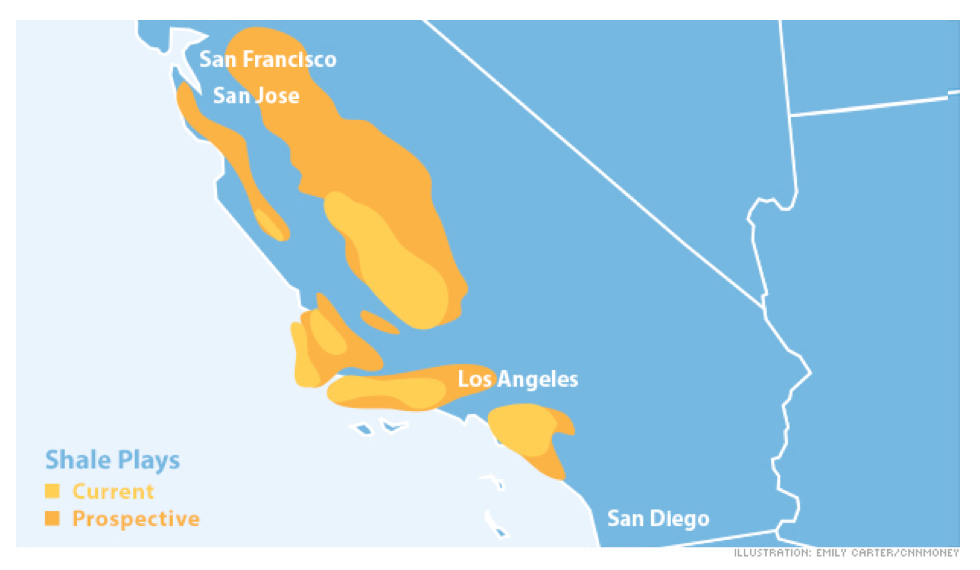It’s been called “an opportunity we can’t miss.”
It’s been promised to be the thing that will “single-handedly” turn California’s economy around, increasing state and local tax revenue by $4.5 billion and bringing in some 2.8 million jobs by 2020.
It’s the much-hyped California shale oil boom, and it has arrested the nation with its allure.
Seeing current examples of the benefits of shale in other states across the country – including North Dakota, where its Bakken shale formation has helped drive the state’s unemployment rate down the nation’s lowest level at 3.2% and pushed per-capita GDP 29% higher than the rest of the country – many hope that California can produce similar, if not even better, results with its Monterey Shale formation.

